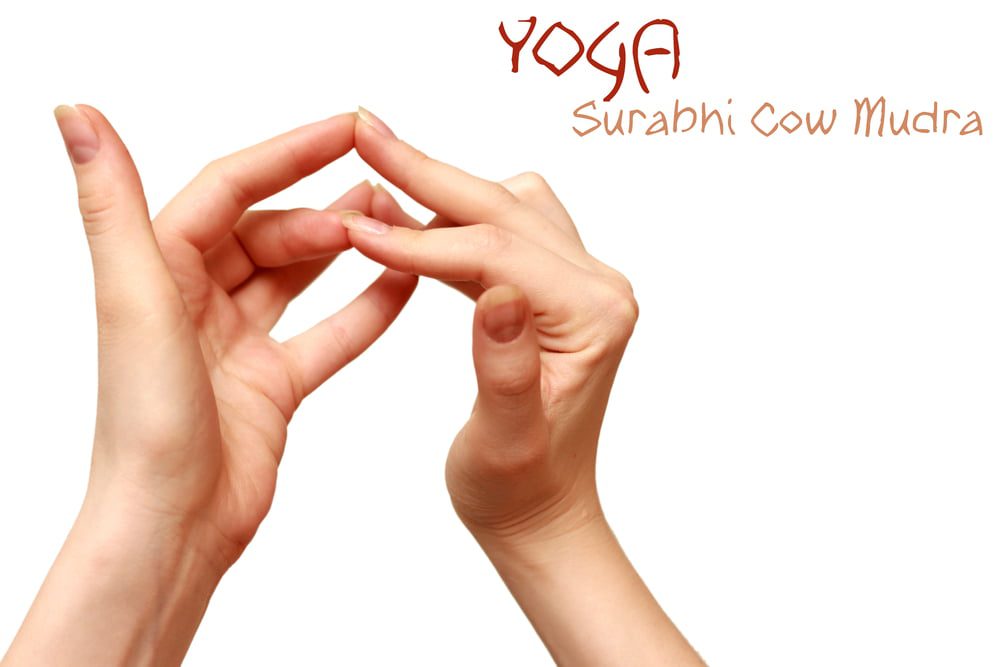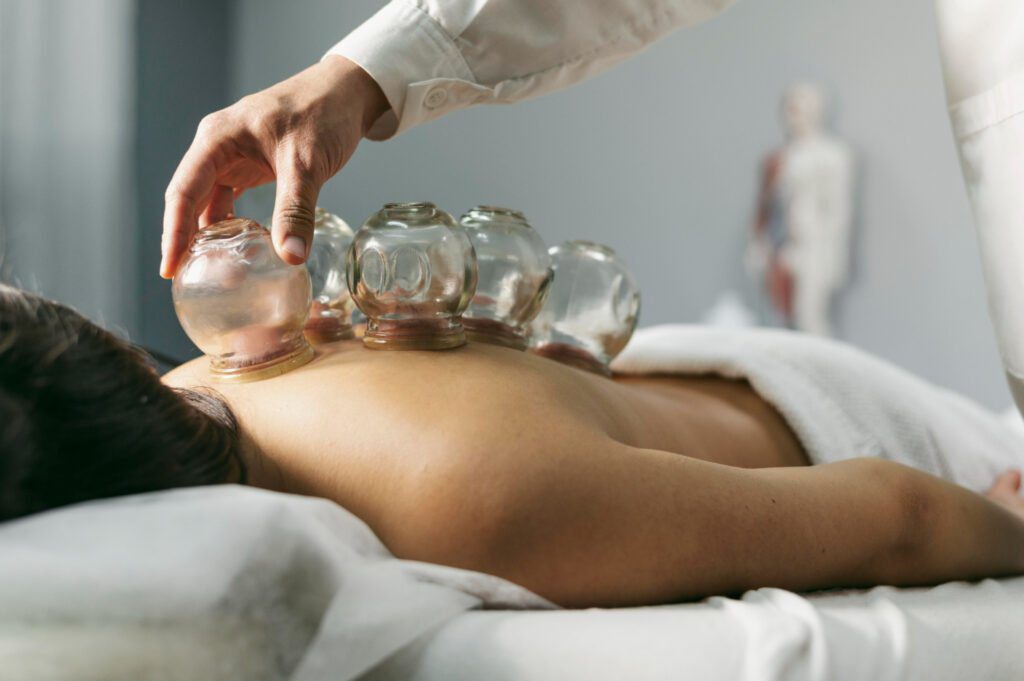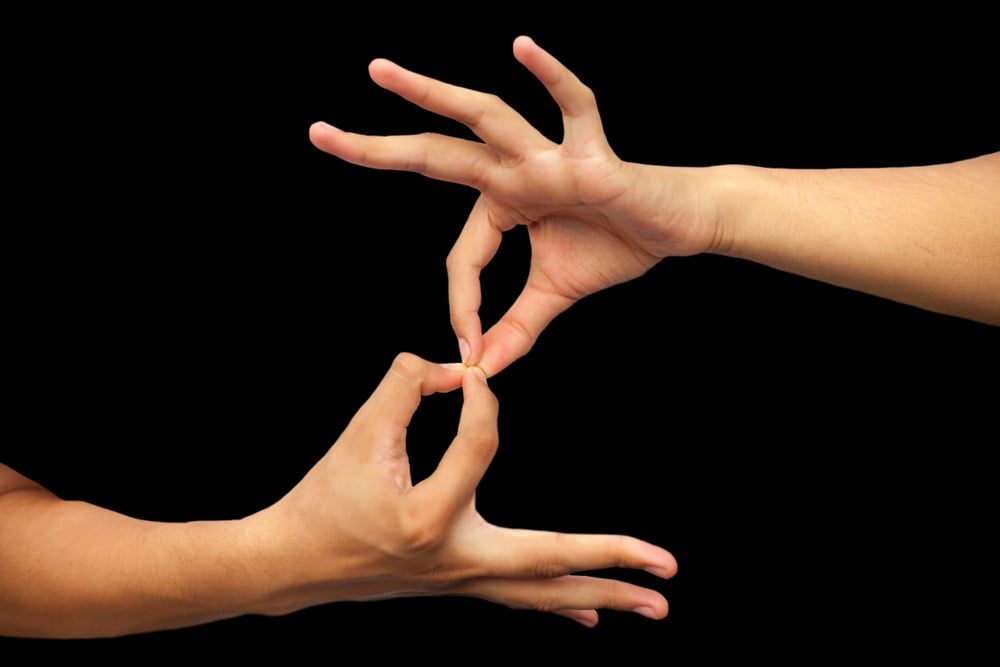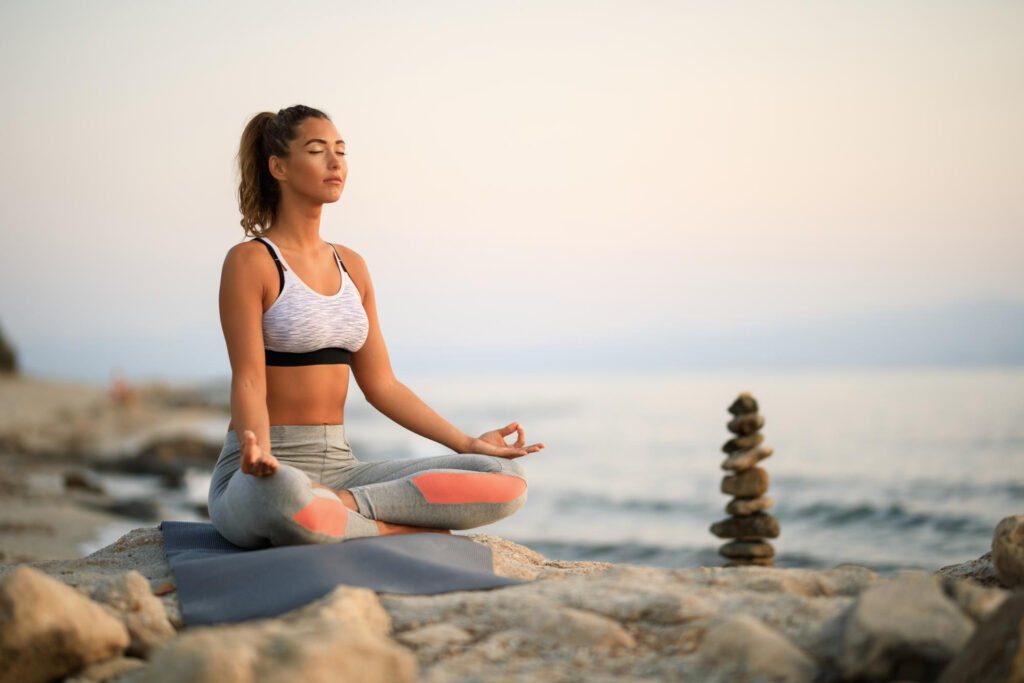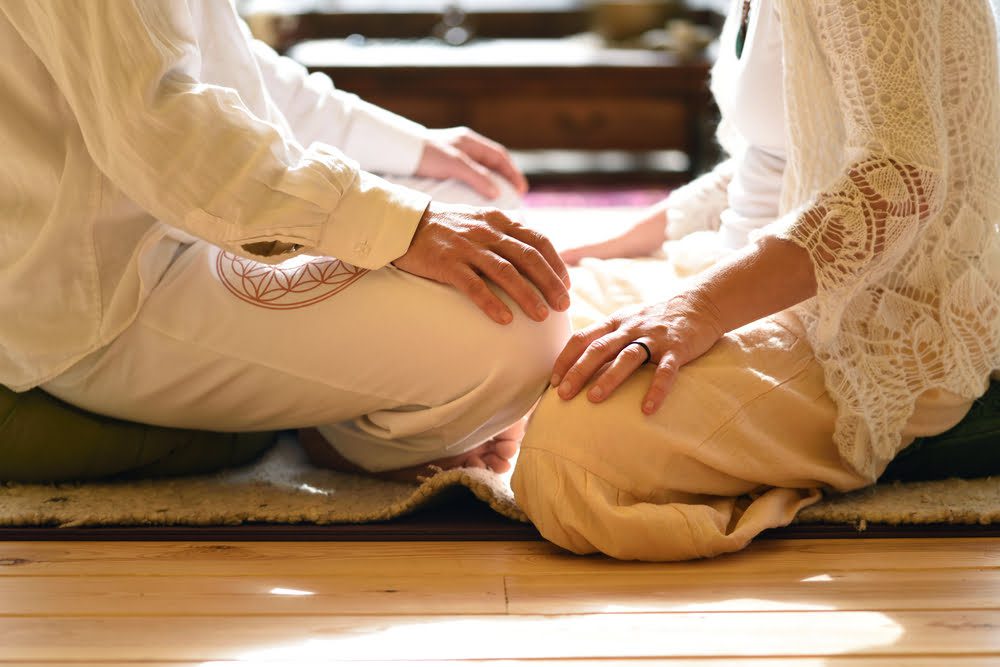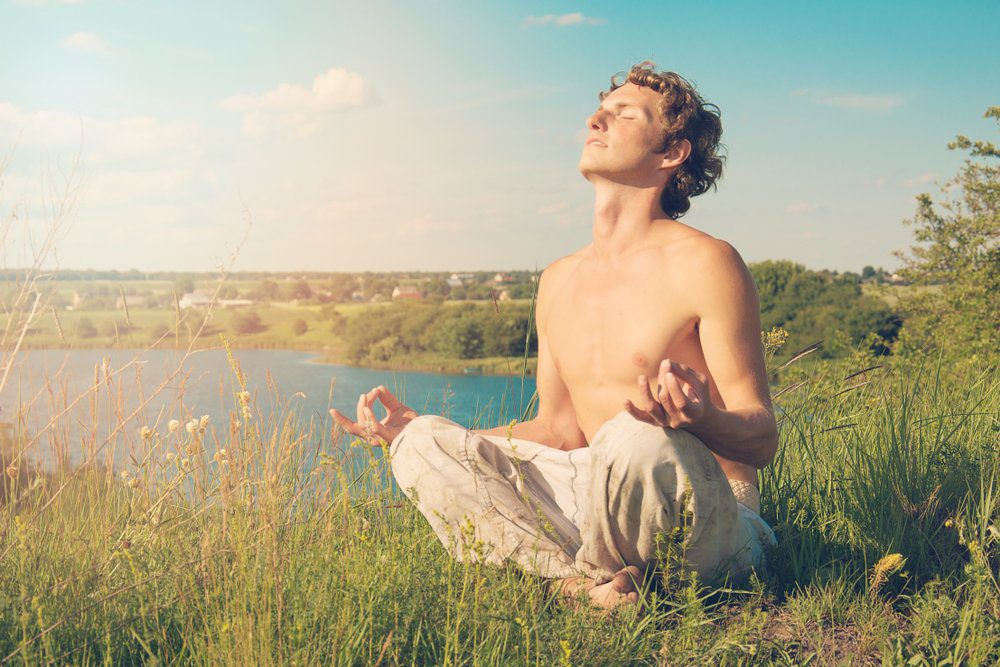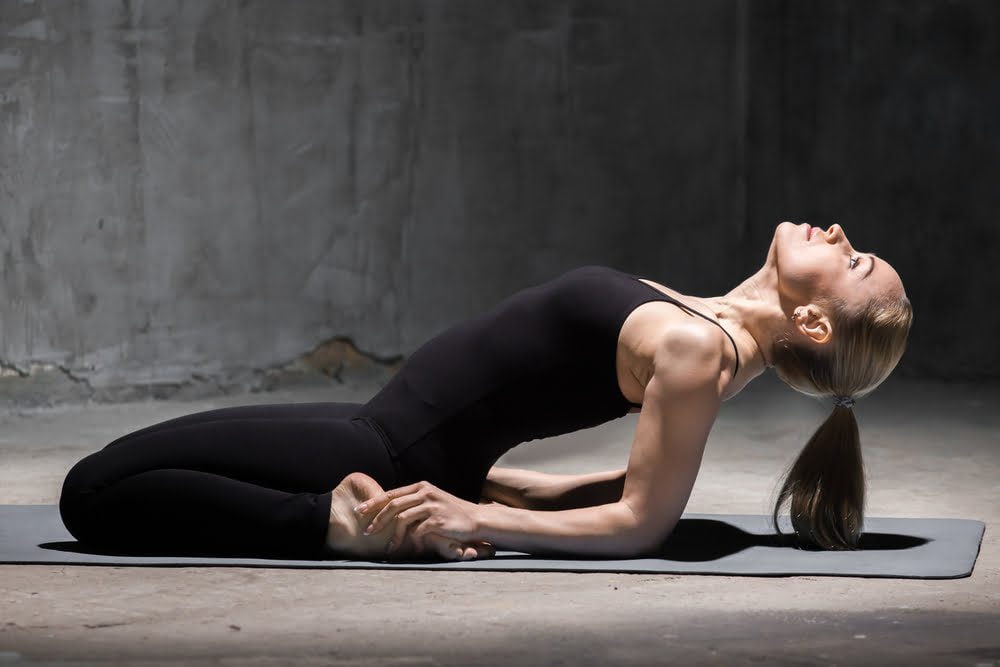They say that as we age, our face, our wrinkles reflect our soul or spirit, but sometimes, tension and stress overcome us and we age. It would be enough to learn to relax to release the tension in the muscles of the face to take away the years that stress or bad times have put on us, and facial yoga massage can help us look younger without undergoing surgery or complicated treatments or expensive.
What is Facial Yoga Massage?
Each person has the habit of gesticulating their face, chewing only on one side, frowning, clenching their jaws very tightly, etc. These may be a reason for twisting the face, causing sagging, headaches and migraines.
The Facial massage is performed by putting pressure on muscles hardened by stress or habit. These relax little by little until they recover their natural position.
No machines are used. Everything is done with the pressure of the hands and fingers.
Do you know Facial Yoga?
The pressure exerted acts following the lines of each facial muscle, the stiffness that some suffer can cause some discomfort until they are relaxed.
“Helps in cases of facial paralysis to improve and recover movements.”
In case of facial paralysis we recommend receiving this massage. Likewise after facial surgery to relieve the discomfort of muscle contraction and prevent atrophy of facial muscles.
It is also recommended in cases of Bruxism, to improve and recover movements, relieve pain in the jaw muscles and soften the stiffness of the neck muscles.
“In case of Bruxism it is highly recommended to receive this massage.”
Benefits of Facial Yoga.
Facial yoga, also known as facial exercises or facial toning, is a natural and non-invasive practice that involves targeting and strengthening the muscles in the face and neck. While it may seem unconventional, facial yoga offers numerous benefits that go beyond achieving a more youthful appearance. Here are some of the key advantages of incorporating facial yoga into your daily routine:
1. Enhanced muscle tone.
Just like any other muscle in the body, facial muscles can benefit from regular exercise. Facial yoga helps to tone, lift, and strengthen the muscles in your face, resulting in a more defined and sculpted appearance. This can help combat sagging skin, droopy eyelids, and double chins, giving your face a more youthful and refreshed look.
2. Improved blood circulation.
Facial yoga involves a series of movements and stretches that stimulate blood flow to the face. This increased circulation brings fresh oxygen and nutrients to the skin cells, promoting a healthy glow and aiding in the elimination of toxins. As a result, you may notice improved skin texture, reduced puffiness, and a more radiant complexion.
3. Reduced tension and stress.

The face is often a repository for stress and tension, leading to forehead creases, frown lines, and jaw clenching. Facial yoga incorporates relaxation techniques that help release built-up tension, promoting a sense of calm and relaxation. By consciously relaxing the facial muscles, you can reduce stress and anxiety, creating a more serene and peaceful state of mind.
4. Natural face-lift alternative.
Facial yoga offers a non-surgical and natural alternative to traditional face-lift procedures. By strengthening the underlying muscles, facial yoga can help lift and tighten the skin, reducing the appearance of wrinkles and fine lines. This holistic approach to anti-aging allows you to achieve a more youthful look without resorting to invasive procedures or harsh chemicals.
5. Improved facial symmetry.
Facial yoga exercises target specific areas of the face, helping to correct imbalances and asymmetry. By strengthening weaker muscles and relaxing overactive ones, facial yoga can promote a more balanced and symmetrical appearance. This can improve your overall facial structure and enhance your natural beauty.
6. Enhanced mindfulness and body awareness.
Practicing facial yoga requires concentration and mindful awareness of the muscles being targeted. This increased mindfulness can extend beyond the practice itself, helping you become more attuned to your body and emotions throughout the day. By developing a deeper connection with your facial muscles, you can cultivate a greater sense of self-awareness and self-care.
| 💡 Tips FitMeMore.com Facial yoga offers a range of benefits that extend beyond just physical appearance. By incorporating regular facial exercises into your routine, you can enjoy improved muscle tone, enhanced blood circulation, reduced tension and stress, a natural face-lift alternative, improved facial symmetry, and increased mindfulness and body awareness. Embracing facial yoga can empower you to take control of your facial muscles, promoting a healthier and more radiant complexion while enjoying a relaxing and rejuvenating practice. |
An advice.
To achieve elastic facial muscles, it is advisable to receive a facial massage session once a week for a month. There would be four sessions to activate your own homeostasis.
After 4 sessions, to maintain the results we recommend receiving this massage every 2 weeks or every month.
4 Types of Facial Yoga.
Facial yoga is a natural and effective way to tone and rejuvenate the muscles in your face, providing numerous benefits such as reducing the appearance of wrinkles, enhancing facial symmetry, and promoting a more youthful appearance. Within the realm of facial yoga, there are four main types that target different areas and address various concerns. These four types of facial yoga exercises are:
1. Forehead and Brow Exercises.
These exercises primarily focus on toning and strengthening the muscles in the forehead and brow area. By engaging these muscles, you can reduce the appearance of forehead lines and lift drooping eyebrows. Examples of forehead and brow exercises include the brow lift, where you use your fingers to lift your eyebrows while resisting with your forehead muscles, and the forehead smoother, a technique that involves placing your fingertips on your forehead and gently smoothing out any lines or wrinkles.
2. Cheek and Jawline Exercises.
Cheek and jawline exercises aim to enhance the definition and firmness of these facial areas. These exercises help combat sagging skin, reduce the appearance of jowls, and promote a more sculpted jawline. Examples of cheek and jawline exercises include the cheek puff, where you inflate your cheeks with air and hold for a few seconds, and the jaw release, a technique that involves opening your mouth wide and tilting your head back slightly to stretch and tone the muscles along the jawline.
3. Eye and Eyebrow Exercises.
The delicate eye area often shows signs of aging first, such as crow’s feet and droopy eyelids. Eye and eyebrow exercises target these concerns by strengthening the muscles around the eyes and lifting the eyebrows. These exercises can help reduce the appearance of wrinkles, puffiness, and dark circles, as well as create a more alert and youthful look.
Examples of eye and eyebrow exercises include the eye squeeze, where you gently close your eyes and squeeze them shut for a few seconds to tone the eye area, and the brow raise, a technique that involves using your fingertips to lift your eyebrows while resisting with your forehead muscles.
4. Lip and Mouth Exercises.
The lips and mouth are essential for facial expressions and play a significant role in our overall appearance. Lip and mouth exercises help tone the muscles around the mouth, reducing the appearance of fine lines and wrinkles and promoting a more defined lip contour. These exercises also target the muscles responsible for firming the neck and chin area.
Examples of lip and mouth exercises include the smile smoother, where you create an “O” shape with your mouth and then smile, repeating the movement several times to enhance lip and cheek muscle tone, and the chin lift, a technique that involves tilting your head back and puckering your lips, stretching and toning the muscles in the neck and chin.
| 💡 Tips FitMeMore.com By incorporating these four types of facial yoga exercises into your daily routine, you can effectively target different areas of the face and achieve a more youthful, toned, and radiant appearance. Remember to perform these exercises with gentle movements and always listen to your body to avoid any discomfort or strain. |
Additional Tips of Facial Yoga.
- Practice facial yoga in a comfortable and quiet environment.
- Warm up the facial muscles with gentle circular motions before starting the exercises.
- Use a mirror to ensure proper alignment and technique during the exercises.
- Breathe deeply and relax your body while performing facial yoga.
- Start with a few minutes of facial yoga each day and gradually increase the duration and intensity.
- Be consistent with your practice to see noticeable results.
- Avoid straining or overexerting your facial muscles during the exercises.
- Stay hydrated by drinking plenty of water before and after facial yoga.
- Incorporate facial massages and moisturizers into your skincare routine to enhance the effects of facial yoga.
- Consult with a professional or seek guidance from a certified facial yoga instructor for personalized advice and guidance.
Bottom Line.
Facial yoga is a practice that can provide numerous benefits for both the appearance and overall well-being of individuals. It offers a natural and non-invasive solution for those seeking to improve their facial muscles, reduce signs of aging, and enhance their overall facial expression. While scientific research on facial yoga is still limited, the anecdotal evidence and positive testimonials from practitioners suggest its effectiveness.
Additionally, incorporating facial yoga into one’s daily routine is relatively simple and can be done anywhere, making it accessible to a wide range of individuals. However, it is important to note that facial yoga should not replace other skincare practices or medical treatments, and individuals should consult with a professional before starting any new exercise regimen. Overall, facial yoga holds promise as a holistic approach to facial rejuvenation and deserves further exploration and study.

 Workout
Workout
 Meditation
Meditation





 Contact Us
Contact Us



